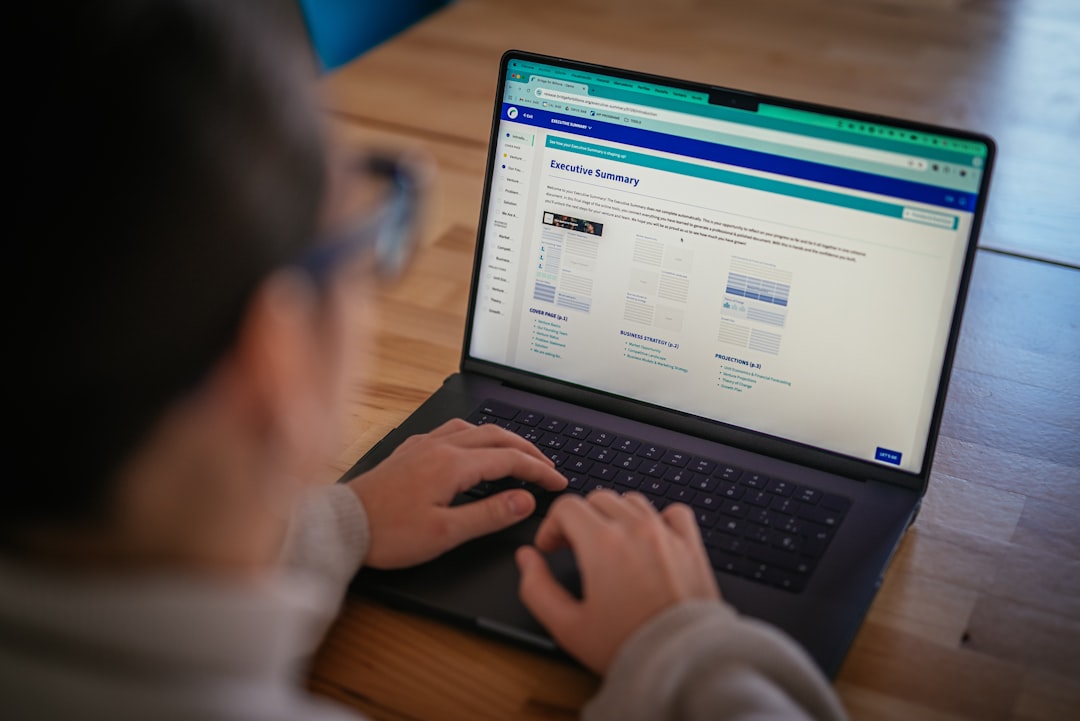
In today’s increasingly digital world, Facebook is often a central platform for communication—whether in school classrooms or professional teams. It offers a convenient space to share ideas, get updates, and engage in community conversations. But what happens when comments, images, or announcements are captured as screenshots and shared out of context? That’s when it becomes important to understand and follow the etiquette of screenshot sharing within teams and classroom environments.
Why Screenshot Etiquette Matters
The casual act of taking and sharing a Facebook screenshot might seem harmless at first. However, without proper etiquette, it can result in violations of privacy, spreading misinformation, and even potential conflicts. Teams and classrooms are communities built on trust and respect, and spreading screenshots without consent can undermine both.
Whether it’s a heated debate in a group comment thread or a sensitive update from a classmate, knowing when and how to share screenshots ethically goes a long way.
When Taking a Screenshot is (and isn’t) Appropriate
Before snapping a screenshot, pause and ask yourself a few critical questions:
- Is the post public or within a private group? – Public posts are fairer game, but private group messages require more caution.
- Does this screenshot involve sensitive or personal information? – Always treat others’ privacy with the same respect you’d expect for your own.
- What is your intent in sharing this screenshot? – Humor, clarification, or positivity may be justifiable, but sharing to mock or criticize is not acceptable.
The Role of Consent
Just because something is visible online doesn’t mean you have the right to re-share it elsewhere, especially through screenshots. Obtaining consent is a fundamental principle of digital etiquette. If you’d like to share a post from a group, especially one that is private or limited to a classroom or team, simply ask the original poster if they are okay with it.
“Hey, this point you made was really insightful. Would it be alright if I shared it with our wider group?”
Simple messages like this not only show respect but also help build a positive and communicative culture.

Respecting Group Guidelines
Most Facebook groups—whether class-related or for work—have clearly defined rules. Some explicitly prohibit screenshotting and sharing content outside of the group. Violating these rules doesn’t just break trust; it could also lead to getting removed from the group or facing disciplinary action.
Here’s what you can do to stay aligned with group norms:
- Read the group rules carefully when you join. Look for any mentions of screenshotting or content sharing.
- When in doubt, don’t share. Be cautious if you’re unsure whether it’s appropriate to take or distribute a screenshot.
- Ask for admin guidance. Group admins can often clarify what’s allowed and what’s not.
Screenshot Etiquette in Classrooms
In educational settings, Facebook groups are often used to distribute class updates, facilitate discussions, or work on assignments collaboratively. Within these communities, the impact of screenshots can affect not just relationships, but students’ academic performance and safety.
Some situations where screenshotting might be necessary and permitted include:
- Documenting assignment prompts or instructions for later reference
- Proving submission deadlines or professor comments (for clarification)
- Sharing helpful tutorials or study tips with classmates—with permission
However, the following actions are strictly poor form and potentially serious:
- Sharing screenshots of classmates’ questions to make fun of them
- Disclosing grades or private feedback from instructors
- Using screenshots to fuel gossip or disrupt the class dynamics
Professional Environments: Teams and Colleagues
In workplace Facebook groups or hybrid communication channels, similar etiquette applies—although you’ll often be dealing with copyrighted content, propriety discussions, and business-related information. Teams depend on confidentiality, professionalism, and teamwork. Screenshot misuse here can have legal consequences in addition to hurting team morale.
Consider a situation where a heated debate unfolds about internal policies. Taking screenshots and sharing them—especially outside the company or with people uninvolved—doesn’t only look bad; it can lead to HR issues or public backlash. Instead, engage directly, use proper channels to escalate concerns, and promote respectful dialogue within the group.

Best Practices for Sharing Screenshots Respectfully
If you’ve determined a screenshot needs to be shared, follow these guidelines to ensure it’s done responsibly:
- Crop out names and photos to anonymize content where necessary.
- Blur or redact sensitive details using built-in tools or apps.
- Cite your source if re-sharing academically or professionally, and explain the context clearly.
- Use privacy settings when publishing, limiting visibility to only those who need the information.
For example, suppose you’re discussing a problem-based learning module and found a student comment that summed it up perfectly. By clipping just their quote—removing names, timestamps, and personal identifiers—you can share it with your team while honoring the user’s privacy.
When Something Goes Wrong
Not every breach of etiquette is intentional. If you or a teammate mistakenly shared a screenshot that upset someone, the best course of action is simple:
- Acknowledge the mistake without getting defensive.
- Apologize both publicly and directly to the affected individual(s).
- Delete the post or ask others to remove it if it was further shared.
- Reinforce guidelines in the group so it doesn’t happen again.
Turning a misstep into a teachable moment can actually strengthen the professional or educational group culture.
The Role of Instructors and Team Leaders
Teachers, administrators, and team leads play an essential part in establishing screenshot etiquette. By communicating expectations early and modeling ethical online behavior, they can foster respectful digital spaces.
Here are a few strategies they might implement:
- Create a “Digital Citizenship” code of conduct that includes guidelines for screenshots
- Host workshops or briefings on social media professionalism
- Mediation practices when screenshot misuse causes disputes
It’s easier to uphold ethical norms when everyone knows the boundaries from the start.
The Bigger Picture: Trust, Empathy, and Growth
At its core, exercising proper Facebook screenshot etiquette in teams and classrooms is not about restricting communication—it’s about elevating responsibility. Every decision to share a piece of someone’s digital presence should reflect empathy, understanding, and an awareness of context. As our lives and work continue to be shaped by online interactions, these small, mindful actions help foster stronger, more respectful relationships both offline and on.
So next time you reach for your screenshot shortcut, take a moment to consider: Does this action align with our group’s values? Is it respectful? Could it harm someone if taken the wrong way? If you approach each click with care, you’ll not only avoid issues—you’ll become a digital leader in your community.






